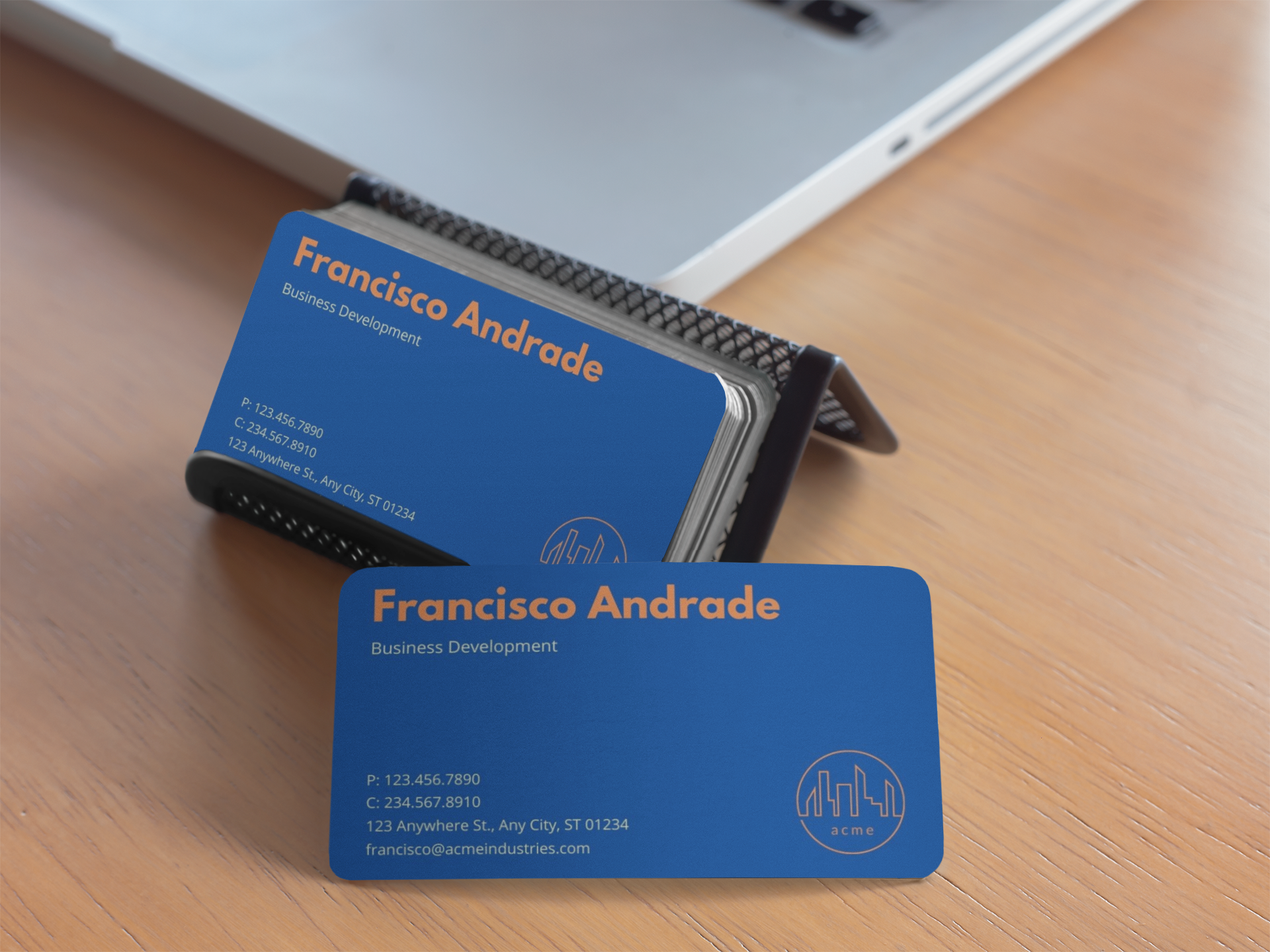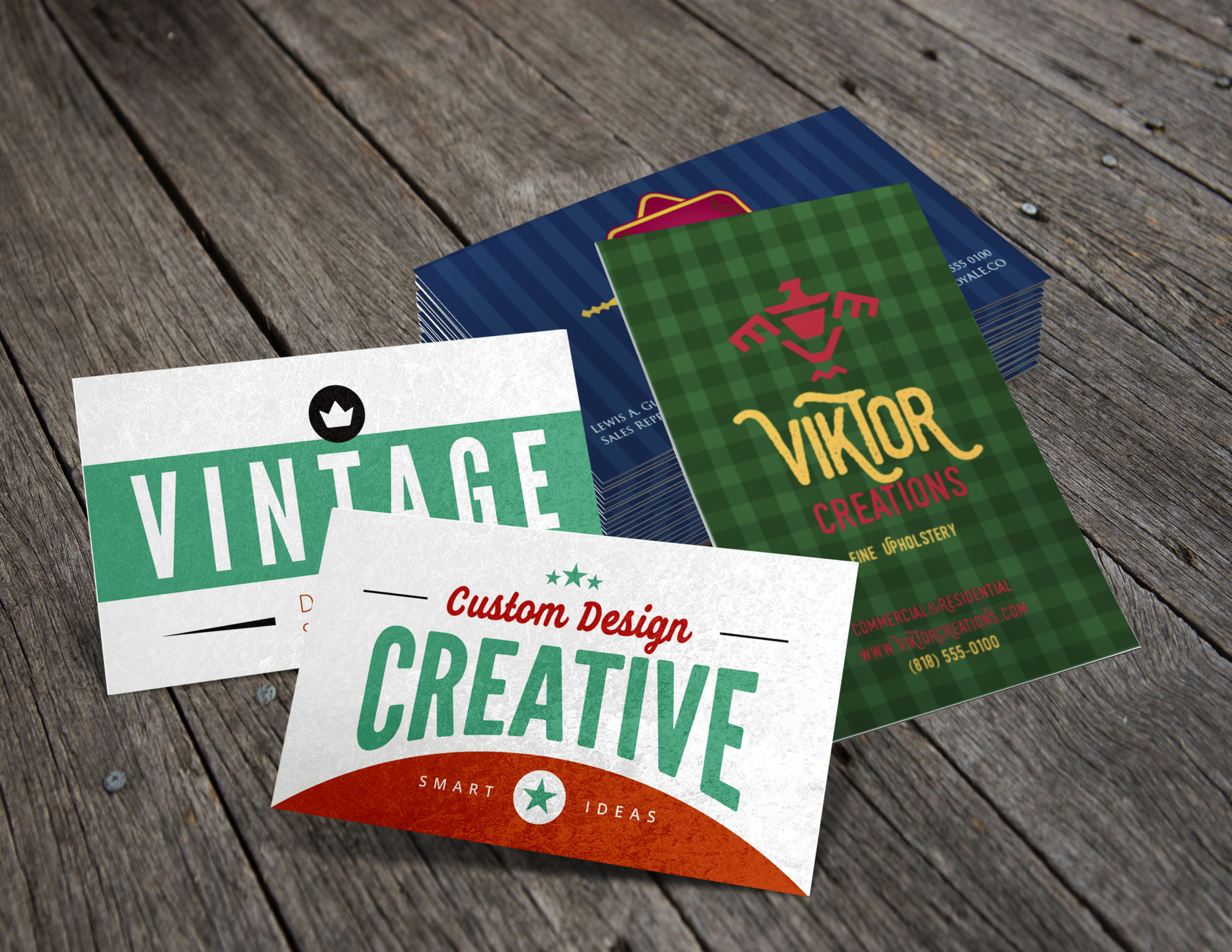Ultimate Guide to Creating a Good Business Card
Although the pandemic brought in-person events and networking to a screeching halt, things are starting to return to in-person once more. Virtual meetings aren’t going to disappear, but people are gathering in real life again. With this reopening comes a renewed need to market yourself in person.
The tried-and-true business card is back in a big way as more and more events pop onto our calendars. This traditional exchange of information has withstood the pandemic and is still a crucial piece of marketing yourself and your brand. With that in mind, here is the ultimate guide to creating a good business card.
The experts at DRSi are here to help with all your printing and signage needs. We serve the Seattle area with the highest-quality printing for your marketing collateral. And with reliable delivery options, we make sure you have what you need on time. Connect with a representative today to see how we can help your business thrive.
Creating a Good Business Card
Knowing that you’re likely to be back in front of real people again soon, if you aren’t already, here is a guide to creating a good business card that serves you well for a long time.

The Look
The look of business cards has shifted and morphed over the years, allowing companies to display their personalities. Even something as small as a business card can showcase your brand brilliantly.
Back in the day, these cards were almost always 3.5” x 2” and printed on white or off-white cardstock. Now, however, you have many more choices:
- Rectangular or Square
- Vertical or Horizontal
- Square or Rounded Corners
- Photo or No Photo
- Foil, Letterpress, or Traditional Printing
- Different Sizes – super, mini
- Cardstock or Cotton
- Wide Range of Colors
Business cards represent you and your company in one small, bite-sized piece of marketing. So they must stay on brand by using your colors, fonts, logo and tagline.
Because of the size constraints, it’s also crucial to say more with less. That is, don’t overload the potential recipients by trying to fit everything about your company onto your business card. If people can’t find the pertinent information quickly, they likely will move along to someone else.
The Info
Since brevity and simplicity are the keys to creating a good business card, the most vital details need to be the first thing your eye sees. In the old days, it was very straightforward. Cards included the company name and address, your title and name, and your phone number.
Then along came the email address. And the website. And then all the social media handles. Some people have more ways to contact them than can actually fit on a business card!
Do not drown your message in too much information. An effective business card should tell the recipient your name and title, your company’s name and two or three ways to reach you. For many people, this piece includes their phone number, email address and LinkedIn profile. Adding more than that could cause information overload.
The Message
Once you determine the precise contact information to include, you need to consider the overall message the card will convey. And this message should align with your brand’s style and tone by using the right fonts and colors. Some people like to include a tagline on their business cards, but you need to proceed with caution.
Clean, crisp fonts are more readable than cursive or other stylized options because the print area is small on a business card. Many “flowery” fonts will bleed and blur when printing small enough for a card.
To ensure that everyone can read your business card, work with a designer to choose a clean font that aligns with your style and brand and prints well. There shouldn’t be any confusion for the reader, such as “Is this an ‘I’ or an ‘L’?” Remember, quick, clear communication is a business card’s primary goal.
Don’t Forget the Back
The flip side of your business card is valuable real estate if you use it wisely. This area can be an excellent place for a photo or logo to illustrate your brand and personality further. It’s also an ideal space for a coupon or special offer if that makes sense for your business.

Business Card Trends
As with anything in marketing, trends shift over time, so it’s always good to know what’s new. Most businesses go through brand refreshes once in a while, and that can be a great time to try a different business card style.
If it’s time for an update of your cards, consider some of these options:
- QR Codes: These handy, scannable codes made a big comeback during the pandemic and make perfect sense on a business card. They allow someone to establish a digital connection with you in seconds. The back of your card is the perfect spot for a QR code.
- Earth-Friendly: Here in the Seattle area, businesses seek out eco-friendly options for all of their departments. Plantable business cards have seeds embedded in them so that when they’re no longer needed, they can grow flowers or herbs! In a similar vein, business cards made out of recycled cardboard are another popular option now.
- Large Print: Oversized text on the front of a business card allows for a simple, streamlined look. It also makes your cards more accessible for those with visual impairments.
Business Cards Have Been Marketing People for Centuries
Would it surprise you to learn that some form of a business card has been in use since the 15th century? In China, it was common practice for royalty and members of the aristocracy to send visiting cards to homes before their arrival.
Eventually, tradespeople began to use their version, the trade card, when they arrived on a job.
Today’s business cards serve as a quick way to share contact information and important details about your company. These professional items have an important place in today’s business landscape as a tangible connection in an increasingly virtual world.
In fact, as the world has gone more digital, people seem to be craving physical products even more. Following people on LinkedIn and other platforms is a great practice, but most of us have hundreds, if not thousands, of these virtual links.
Sifting through those “followers” when you need to find a specific person or their service can be like finding a needle in a haystack. A physical business card engages people differently for a better connection.
Your Printing and Signage Partner
At DRSi, it’s our job to help your company look its best and stand out from the crowd. We create high-quality print materials and signage to convey your brand message to your ideal customer. With everything from tradeshow materials to branded web-to-print options, we can provide the items you need to market yourself successfully. Reach out today to get a quote for your project.
